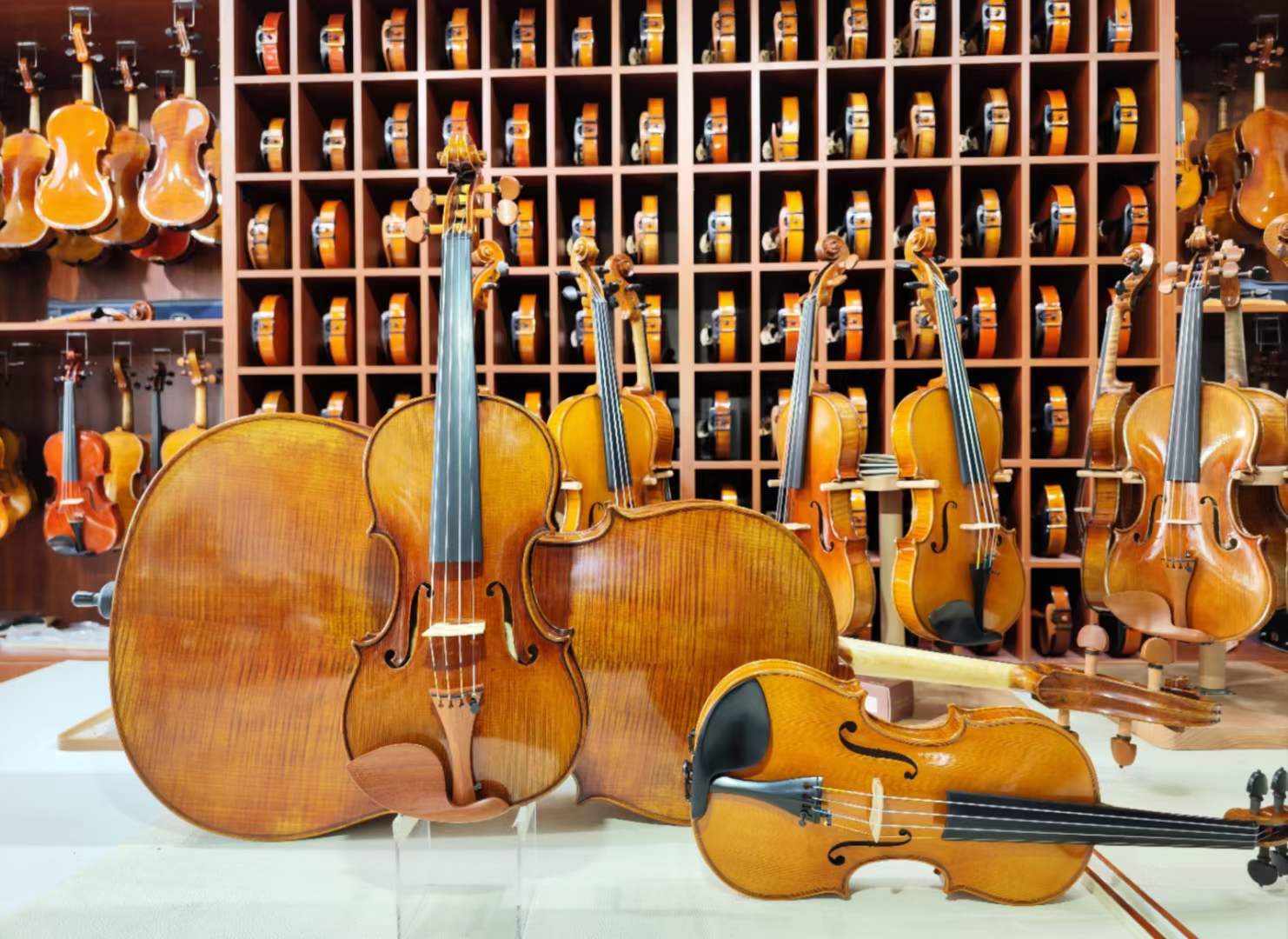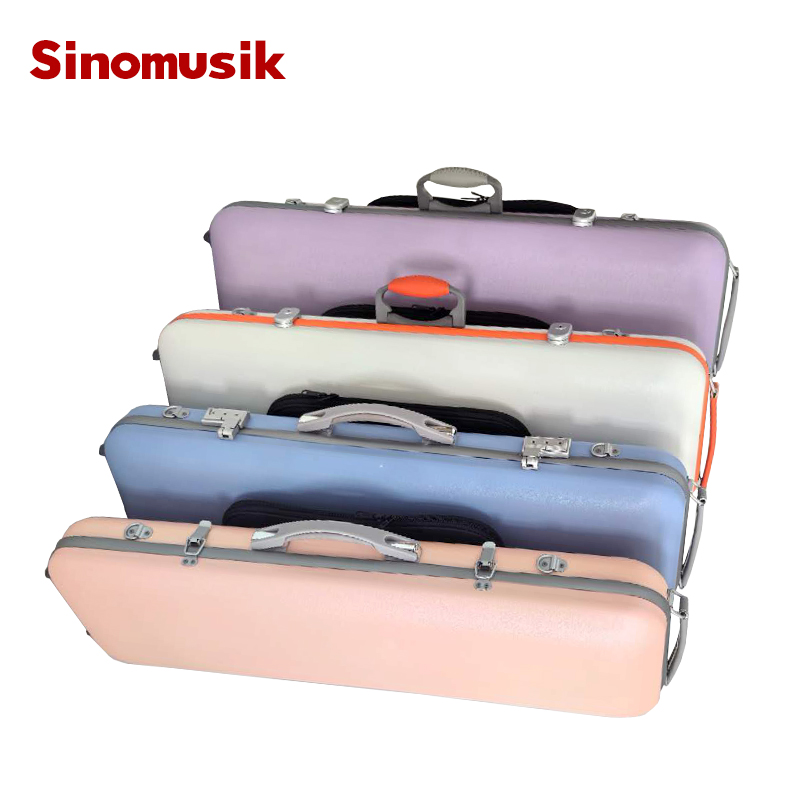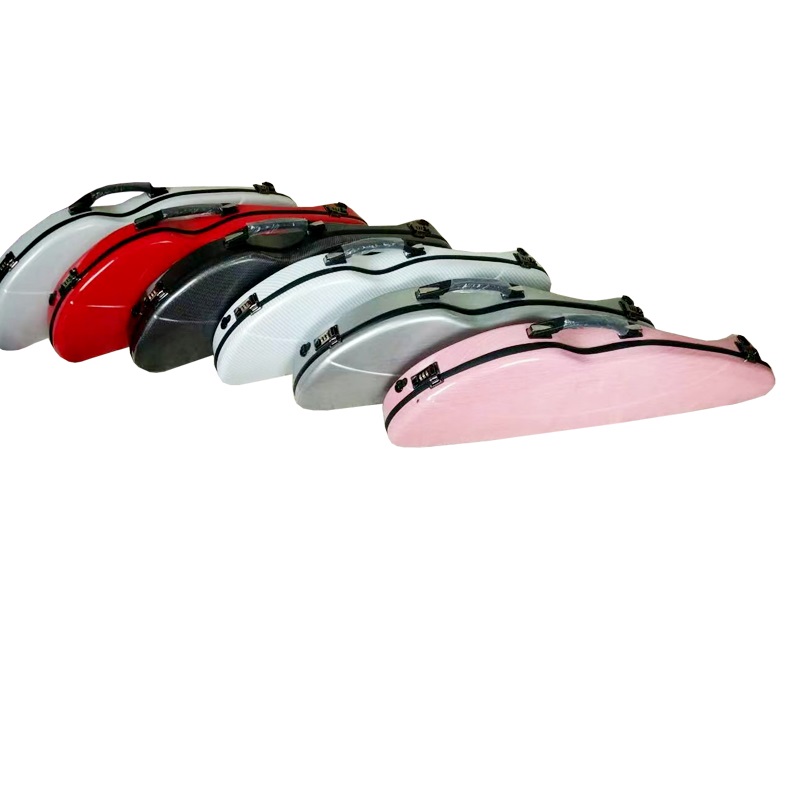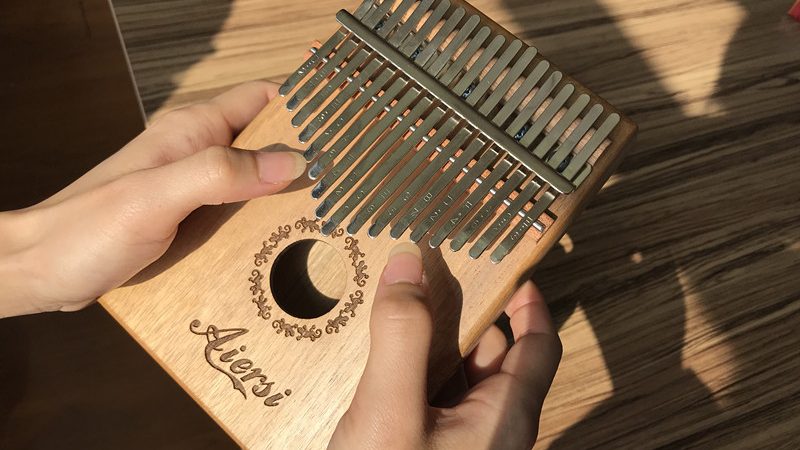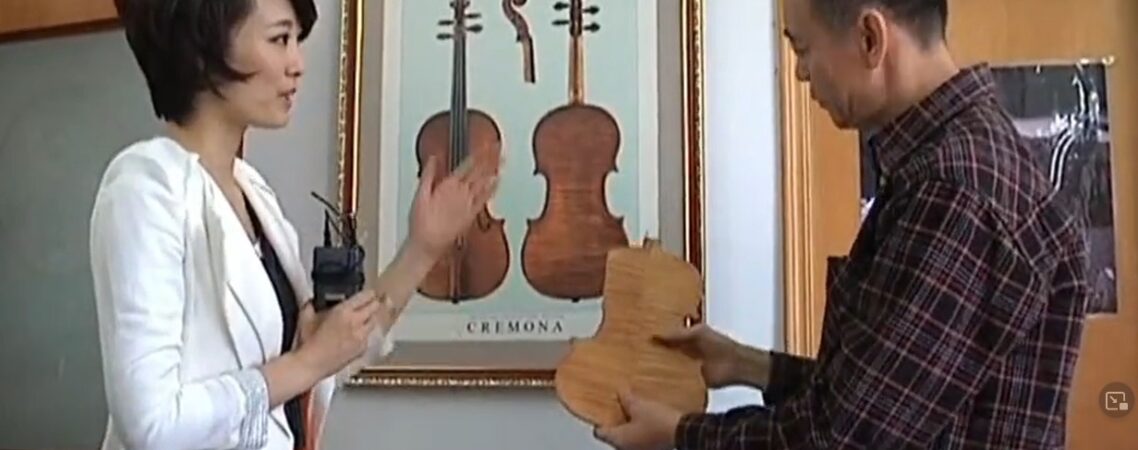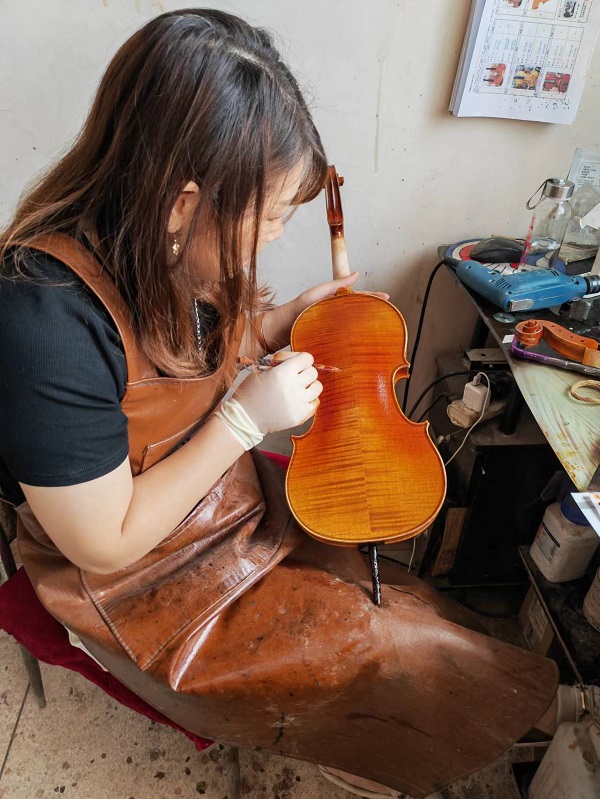About the Pattern Of Violin Back (Tiger Skin Pattern)
Functions For Tiger Skin Pattern
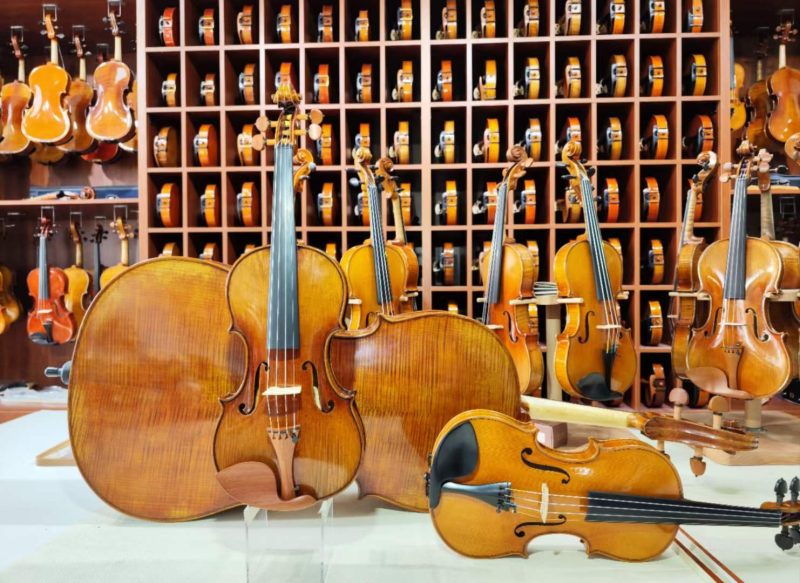
Almost all violins have tiger-skin-like markings on their backs. They change their refraction with different viewing angles. They are so gorgeous that you can’t put them down. How did these tiger stripes look like they come from, and what are their functions? ?
The backs of violins are mostly made of maple. In order to adapt to changes in the external environment during the growth process of the maple tree, wrinkle-like texture will be formed on the bends of the trunk. This texture does not only occur in maple trees that are broad-leaved tree species. , can also occur in pine or fir trees that are coniferous species.
The nature of a tree is to grow straight upward. When the surface is uneven or grows on a slope, the trunk will become curved. In order to support the branches and leaves above, the cells in the trunk grow unequally in the uphill and downhill directions. In this situation, one side is compressed and the other side is stretched. This power of nature is the cause of tiger stripes.
The tiger-spotted maple tree is different from ordinary wood in the lumber-making process. Its cell tissue is not uniform, so it will clamp the saw when sawing, and it will deform during drying. The originally square wood becomes skewed after drying. If maple wood is used to make a violin without being fully dried, problems will occur.
As mentioned just now, tiger spots are formed by the irregular growth of cells, just like human wrinkles. They have different shades and sizes. Deep and large tiger spots are very beautiful and attractive after being made into a piano. Some people even choose them specifically. There is nothing wrong with growing a violin from the perspective of the buyer, but there is a different perspective from the perspective of the violin maker.
Most of the places where wrinkles (tiger spots) occur on maple trees are close to the tree surface (bark). The closer to the heart of the tree, the lighter the tiger spots, the color of the wood will become darker, and the texture will become tighter. This tight texture It is possible to make the backplane thinner only if the material is used. A thinner backplane has an absolute advantage in vibration, and it will be able to make louder sounds.
In terms of appearance and function (making a louder sound), maple wood cannot actually have both. In addition to maple wood, cherry wood can also be used to make the back of a violin, and there is no problem with the sound production at all. Some guqins that are still in use, some of them still play the role of the lead player. The loud volume sounds like a cannon when played, rumbling. Its appearance is really inconspicuous, and it is so simple that it makes people feel shabby. The original After the dye faded, it turned light yellow (the original color of the lacquer), and the back plate did not have obvious gorgeous tiger spots, but it occupied the most important position in the performance. It seems that there is still a struggle in choosing the material of the back panel between aesthetics and functionality.
Hot Sale Violins
Relate Sinomusik Cases
-

Colour Oblong Violin Hard Case With PC Materials
Sold By : Sinomusik String Instruments
Read more -


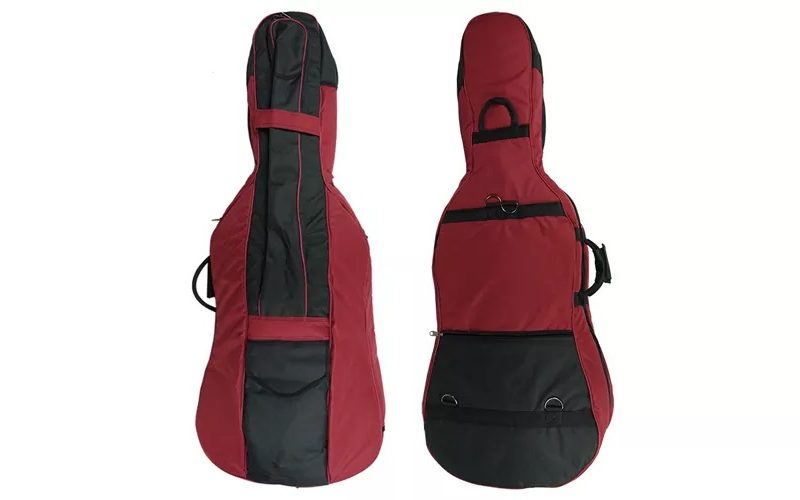
Colour Padding Cello Bag
Sold By : Sinomusik String Instruments
Read more -


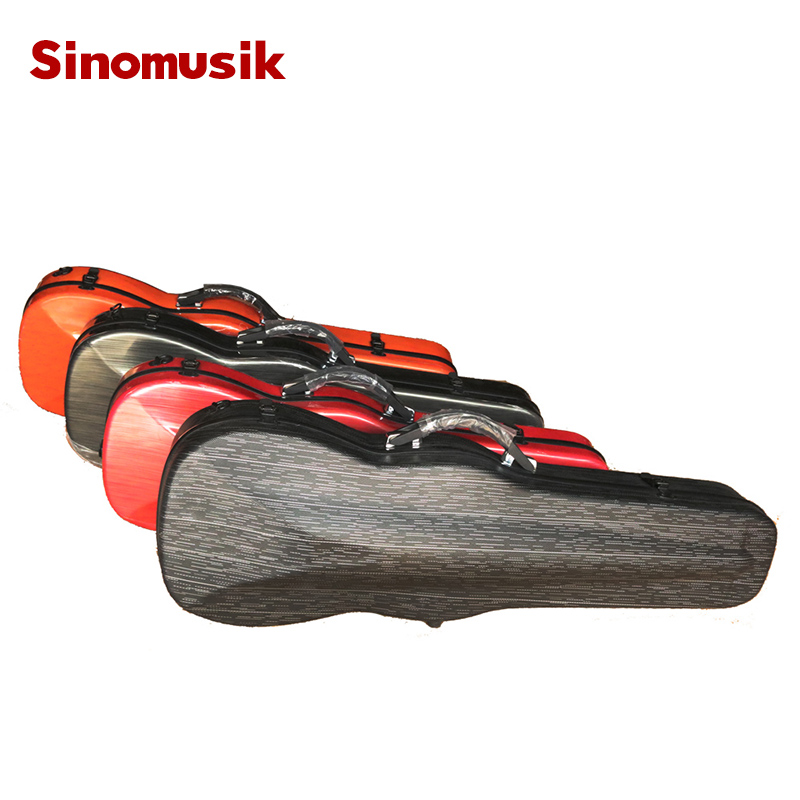
Compound Carbon Fiber Arch Top Violin Case
Sold By : Sinomusik String Instruments
Read more -



Compound Carbon Fiber Violin Case
Sold By : Sinomusik String Instruments
Read more -


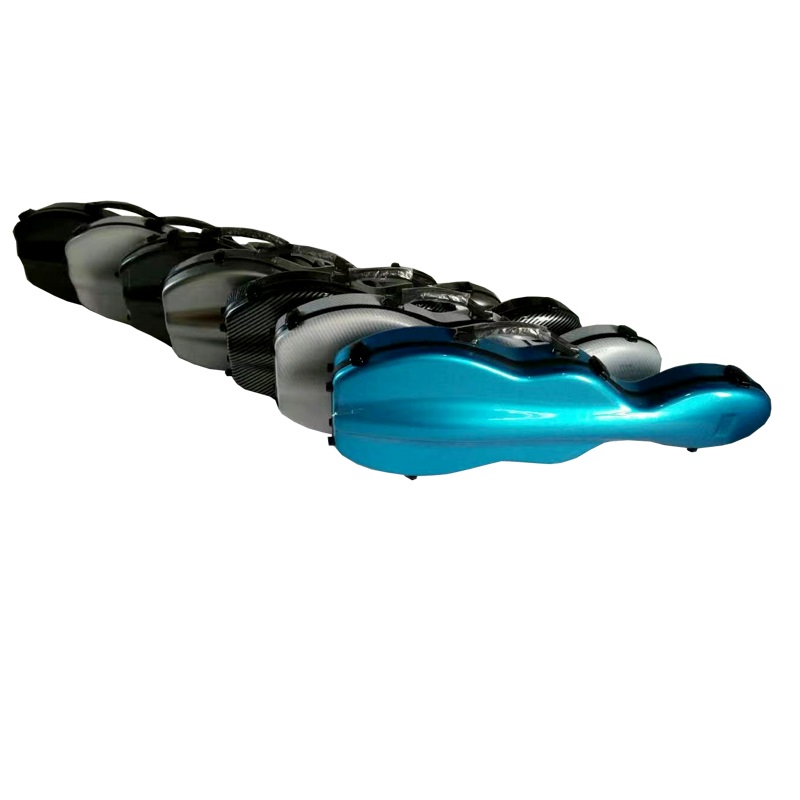
Compound Carbon Fiber Violin Case
Sold By : Sinomusik String Instruments
Read more -


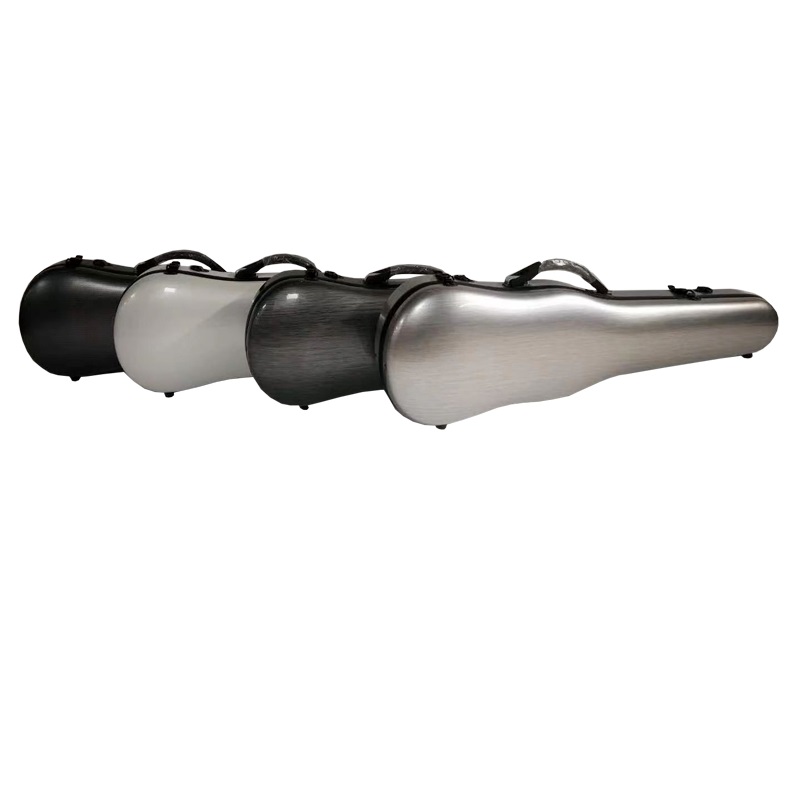
Compound Carbon Fiber Violin Case
Sold By : Sinomusik String Instruments
Read more -


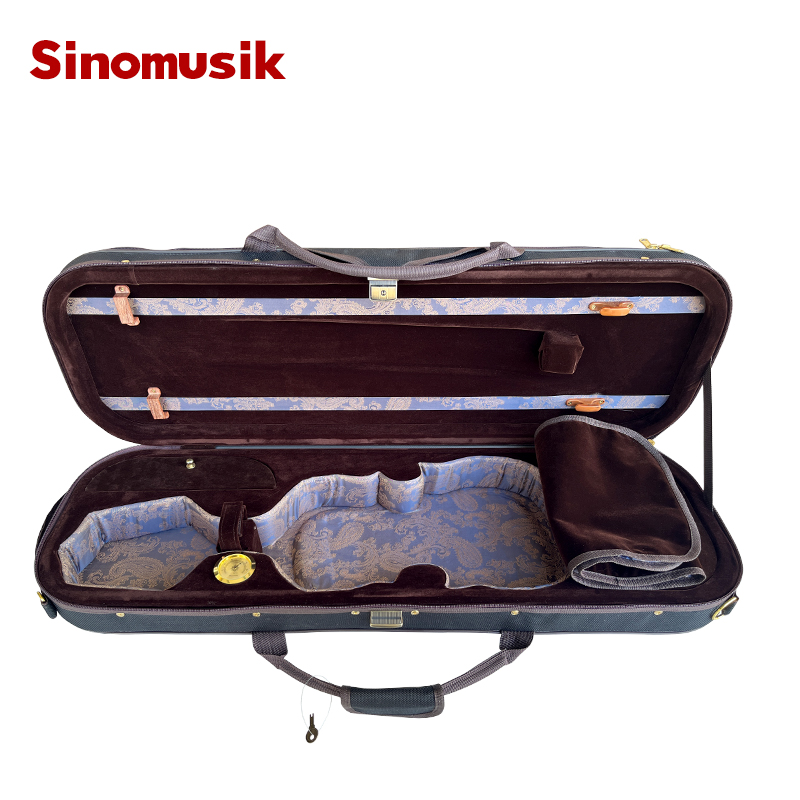
Foam Violin Light Case
Sold By : Sinomusik String Instruments
Read more
